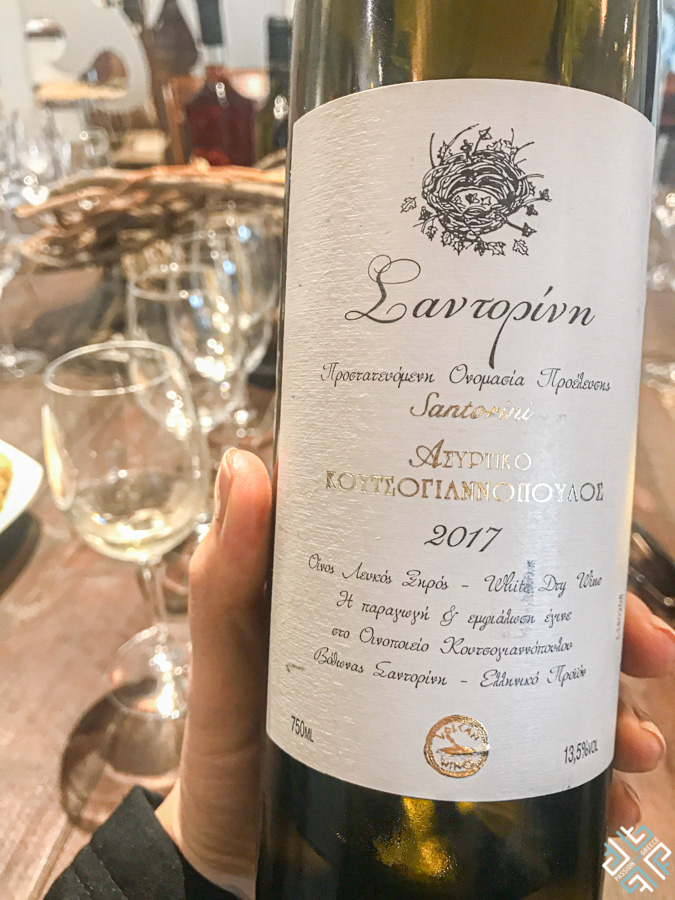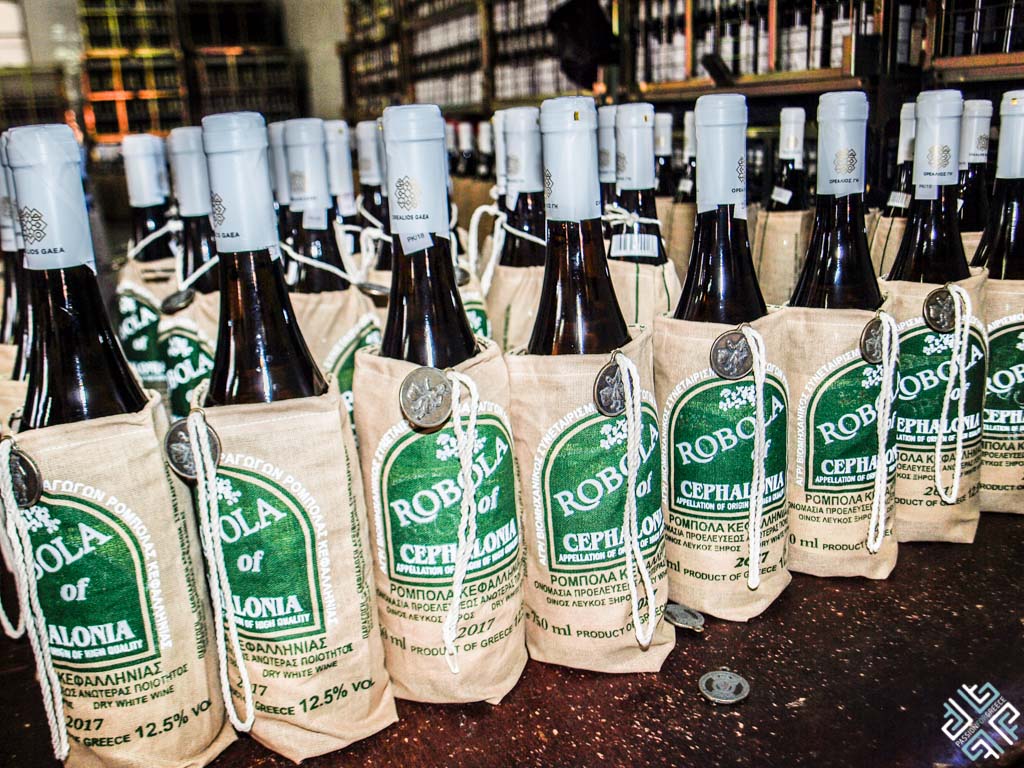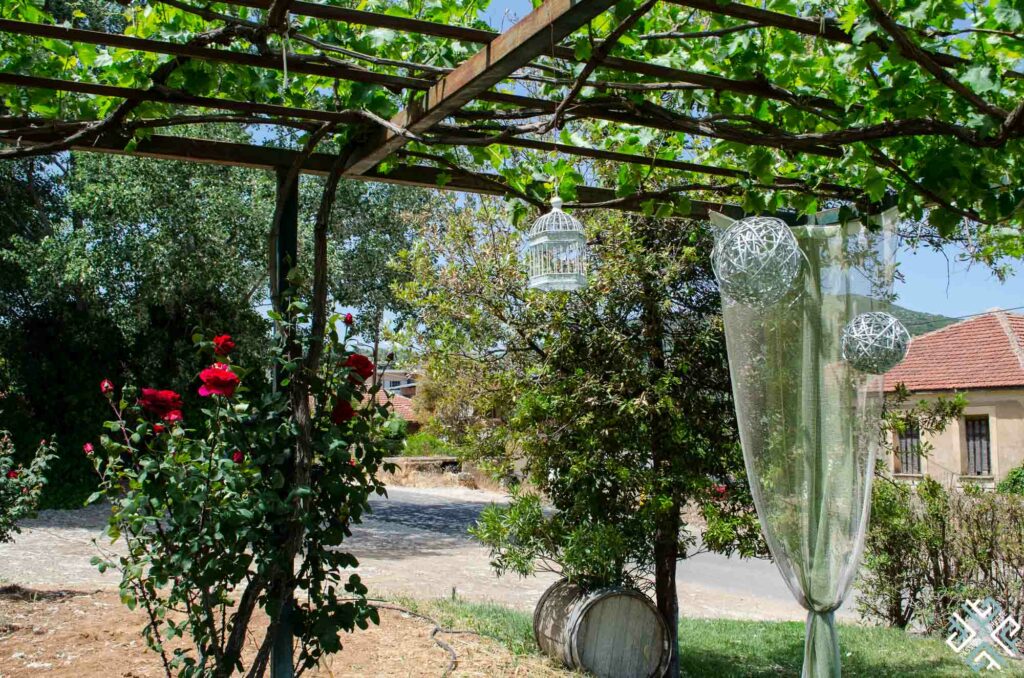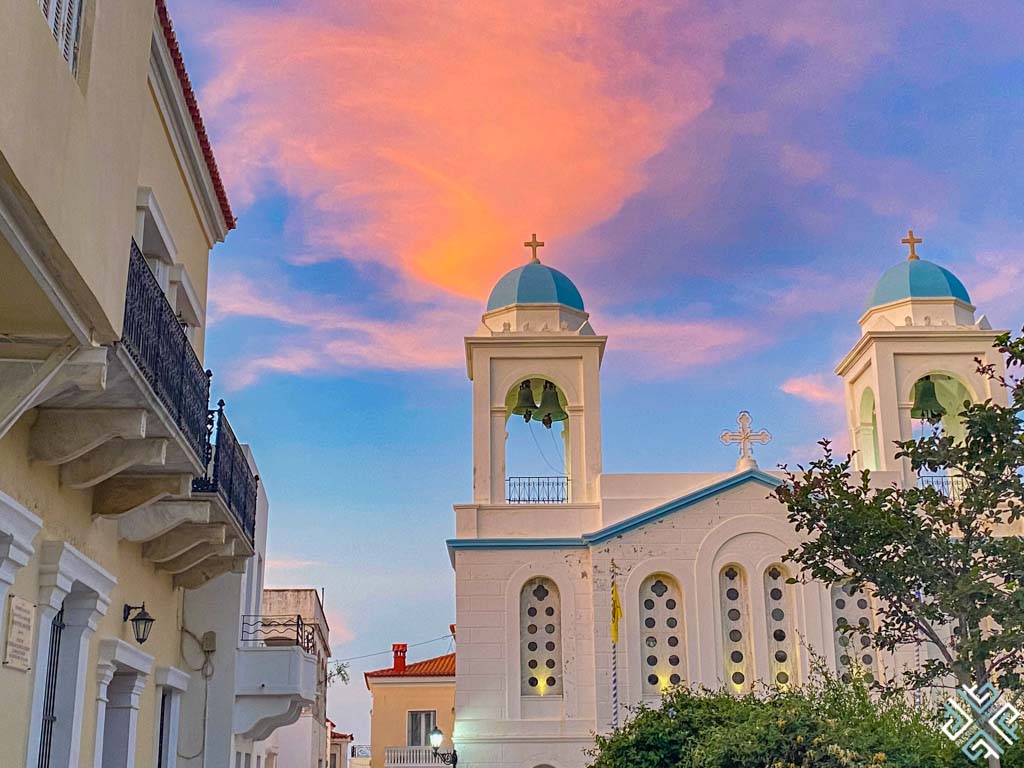Greece is a fantastic destination for oenophiles. Although Greece’s generous soil is excellent for many international grape varieties, one of the most delightful things about Greek wines is the great variety of indigenous Greek grapes to explore. Moreover, many of these grape varieties are ancient, providing a rare opportunity to sip Greece’s fascinating and delicious past. Here are some Greek white wine varieties you may enjoy getting to know.
Greek White Wine Varieties
Aidani Aspro
Aspro means “white,” and although the Aidani grape is often white, there is also an Aidani Mavro (black) that is also vinted. Aidani is a low sugar grape that contributes nuanced floral notes to many blends. This grape grows well in the Greek islands, particularly Santorini, and Rhodes. In Santorini, it’s often blended with Assyrtiko, and is one of the grapes that is used in the production of the PDO Santorini dessert wine, Vinsanto.
Assyrtiko
The most famous grape of Santorini and indigenous to the island, Assyrtio is also grown on other islands, and on Halkidiki. But for many, the word Assyrtiko conjures up the image of Santorini, as it should. The grape thrives beautifully in Santorini’s mineral rich, volcanic soil and is a beautiful expression of the island itself – bright, crisp, and elemental. Assyrtiko wines have a pronounced minerality – some even say a “saltiness” – that pairs beautifully with seafoods. Assyrtiko wines have a rich golden hue, and in addition to the minerality they often have notes of pear, apple, and citrus. In Vinsanto, it can develop rich notes like fig and chocolate.


Athiri
This grape is most closely associated with the islands of Santorini and Rhodes. In Rhodes, it’s sometimes used for making Retsina. In Santorini, it is often blended with Assyrtiko and Aidani in the popular wines called “Santorini” (which must contain at least 75% ssyrtiko), and “Nychteri” – a barrel-aged white – with the same composition. Athiri is most often described as aromatic and “lemony.”
Debina
This brightly acidic grape is grown in Zitsa, a region of Epirus. This delightful grape is usually used in varietals with a specific character. Debina makes excellent lively sparkling wines. These wines are labelled Zitsa, and have a PDO designation. The PDO Zitsa region is in the Ioannina regional unit, and many grow on a plateau at an altitude of about 650 meters. Domaine Glinavos and Prassos Winery, both in Zitsa – just northwest of Ioannina – are fine destinations to taste the wine of the Debina grape. It’s also beautiful wine country to explore.

Lagothri
The Lagothiri Grape is a lesser known and interesting grape for true connoisseurs. It grows in the northwestern Peloponnese, in the mountainous region of Achaia, near Patras. It is vinted by Antonopoulos Winery, whose vision is first and foremost to explore the potential of indigenous Greek grape varieties.

You can taste the Lagothiri grape in their Adoli Gis, which contains 65% Lagothiri blended with Asproudis and a small percentage (10%) of Chardonnay. It is also vinted by the Spyropoulos Winery in Arcadia – the central and eastern Peloponnese. The Spyropoulos family’s wines, vinted from vines that grow on the historic plateau of Mantinea, are certified organic.
Lagothiri is also found in some of the Ionian Islands.
Malagouzia
The Malagouzia grape is truly a taste of history, and one that was very nearly lost to time. It was nearly extinct when a professor of Oenology – Vassilis Logothetis – rediscovered it in the 1970s. His student at the time was the winemaker Vangelis Gerovassiliou, who at the time was at the Porto Carras estate, where Malagousia was first vinified. He later continued on his own estate – Ktima Gerovassiliou. This is one of the most interesting places to taste this wonderful varietal – they have a single vineyard Malagousia. Malagousia has aromas of ripe fruit – pear, mango, and citrus. It is difficult to imagine Greece’s wine landscape without Malagousia.
Moschofilero
This is one of Greece’s most popular white wine grapes. In a word, it is fragrant. Wines made with Moschofilero have a strong bouquet, with notes of spice and an almost floral perfume.
The Moschofilero grape grows beautifully in the Peloponnese, and in the Mantinea plateau in particular. It is used in the production of PDO Mantinea wines. Delightfully, Moschofilero keeps its aromatic characteristics in sparkling wines as well. The Bosinakis vineyards and Antonopoulos vineyards both produce notable Moschofilero wines.
Moschato Alexandrias
The “Muscat of Alexandria” is another ancient grape. This one, as you can see from the name, originated in Egypt. In Greece, this powerfully aromatic and sensuous grape is most associated with the island Limnos, where it is used to produce their PDO dry whites- all varietals of the Moschato Alexandrias grape. It also produces delicious medium dry and medium sweet wines.
Moschato Blanc/Moschato Aspro
Another ancient and wonderfully aromatic grape, Moschato Aspro (white) is an extremely popular Greek grape variety. The grape is most associated with the island of Samos, where it produces PDO wines with the island’s name. There are also PDO Moschato Aspro wines in Cephalonia, Patras, and Rhodes. Floral and fruity, the wines of the Moschato Aspro have aromas of white fruits such as peach, melon, and apricot. They have a wonderful balance of dry and sweet notes.
Robola

Robola is another grape strongly associated with a particular region. Robola grows in the limestone-rich soil of the Ionian island of Cephalonia. This is the most mountainous of the Ioanian islands and the terrain, elevation, and sunshine, as well as the marine climate are favorable to wine growing. The Robola grape produces medium-bodied wines with a distinctive and refreshing acidity, and notes of lemon. Most Robola wines are produced by the Cephalonia Robola Wine Cooperative.
Roditis

Also known as the Rhoditis, this grape is primarily grown in the Peloponnese. It is commonly used in pleasant table wines with a fruity character, and Roditis is also used in the production of Retsina. When grown at high altitudes, however, Roditis can produce wines of a more complex character, yielding pronounced notes of pineapple and melon, apple and banana, as well as hints of white flowers. To taste Roditis in a quality retsina – there is a new wave of quality retsinas in Greece – try Ritinis Nobilis, of Gaia Wines, made of Roditis grown in the Nemea region in the hills around Corinth.
Vilana
Finally, our journey through the great Greek grapes for white wine brings us to Crete. The rugged terrain nourishes this indigenous grape of Crete, grown most in Heraklion and in Sitia. Vilana produces nuanced wines most often characterized as “soft,” “drinkable,” and even “thirst-quenching.” White blossoms and the aromas of citrus predominate in these fragrant, light to medium-bodied wines. Vilana grapes are generally used in varietal wines, especially around Heraklion, for the PDO Peza. In Sitia, Vilana is often blended with Thrapsathiri for the Sita PDO wine. Vilana’s easy-drinking character makes it a harmonious choice when there are many different and contrasting dishes in the table – as in Crete there so often are.


